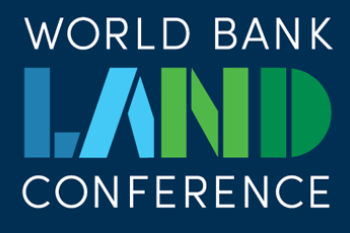
Landesa: Mandela’s Legacy of Land Rights
When Nelson Mandela assumed the presidency of South Africa almost 20 years ago, he recognized that the country could not prosper without ensuring that land rights were broadly distributed. The architects of apartheid knew well that land in a rural country is power. So early on they prohibited Africans from acquiring land outside of their "reserves." That meant Africans were barred from owning approximately 87 percent of the country. The decades of white rule that followed concentrated land in the hands of a few. More than 90 percent of the land in South Africa was owned by white South Africans, who make up less than 10 percent of the population.
Mandela said at the time that land creates "stability and opportunities. For some, it simply means a place to live, securely without threat of removal or eviction. For others it is creating opportunity for the poor to provide for themselves, their families and their communities and to contribute to the wealth of the country as a whole, through productive agricultural enterprises."
Unfortunately, only about 7 percent of land has been redistributed to date. Despite this slow progress toward a more equitable distribution of rural land, and the historic milestone of Mandela's passing today, the promise of a more prosperous and stable South Africa remains. Earlier this year, the state took another step forward when current President Jacob Zuma proposed in his State of the Nation Address amendments to the Restitution of Land Rights Act of 1994 to re-open the window for claims, allowing more time for black South Africans to apply for restitution.
Policy makers should draw from a number of historical models such as Japan, South Korea, Taiwan, and Vietnam which in the years after World War II transformed their countries by providing secure land rights to a broad section of the rural population. More recently, India is working on its own democratic, market-friendly land reform programs that aim to provide the country's 17 million landless families with a small plot of a land and the opportunity and incentive to invest in their land, invest in their future, and climb out of poverty.
One of the biggest hurdles for South Africa, and many other countries that have considered or attempted land reform, is the government's well-meaning, but short-sighted, focus on promoting and supporting large scale commercial farms. This strategy is based on the faulty assumption that large scale farming is more efficient and productive than small holder farming.
This is one of the great myths in agriculture today. In settings like Africa or Asia, where there are vast numbers of landless, labor is cheap and capital scarce, small land holders are often more efficient agricultural producers and tend to produce greater a diversity of products. With the economic factors of production as found in South Africa, small farms can increase agricultural productivity, increase incomes, and provide rural jobs.


